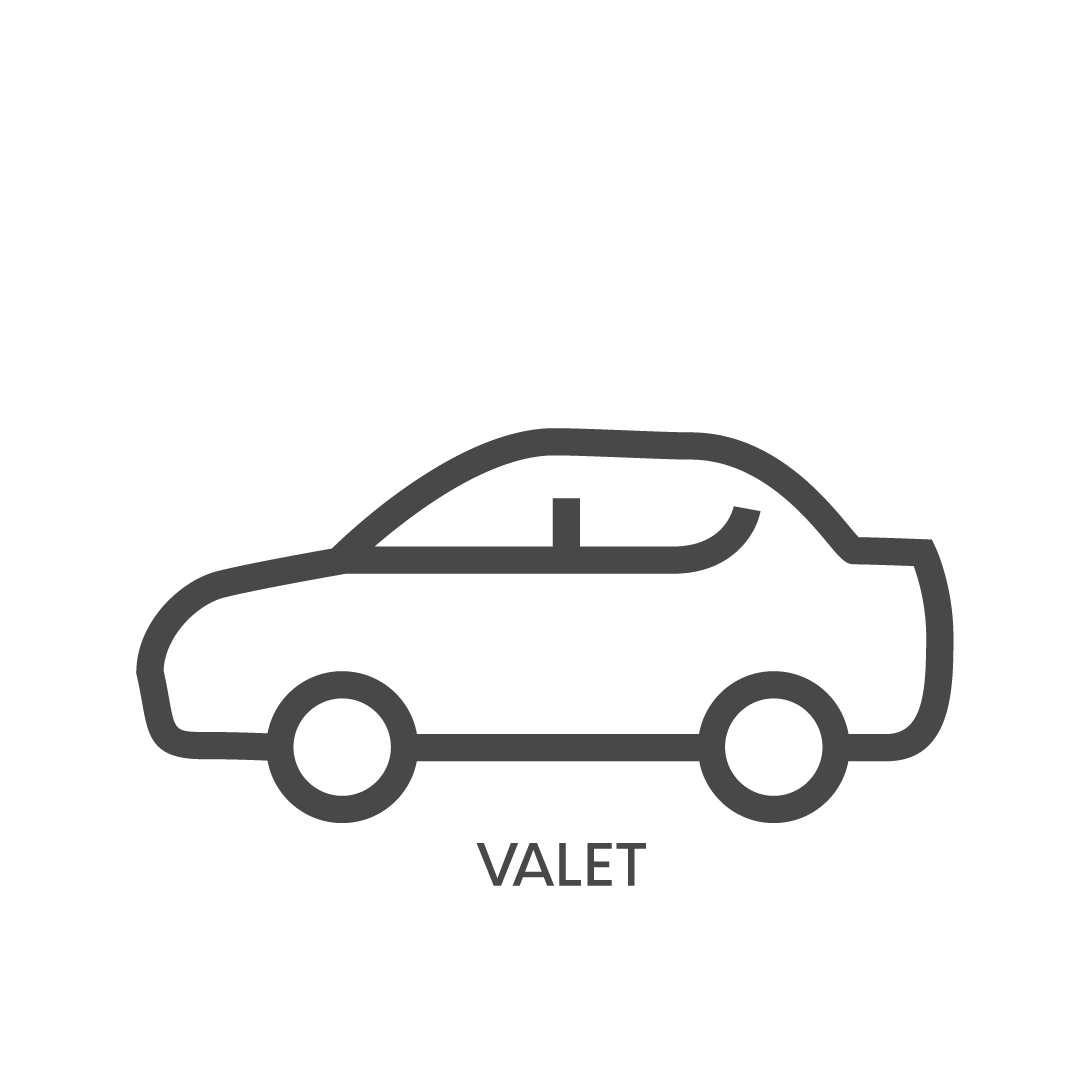
Valet & Automobile
Definition: Automobile is classified as big overhang items, an item loaded on two or more pallets or which, due to its size or weight and requires special handling/equipment for loading and unloading
General Requirement :
- “Shipper’s Declaration for Dangerous Goods” is required for the carriage of automobiles by air.
- Carriage of liquefied petroleum gas (LPG) powered vehicle by air is only permitted on cargo aircraft only and prohibited to be transported in passenger aircraft.
- Fuel tank contains gasoline must be drained of fuel and tank caps fitted securely. If any fuel remains in the tank it must not exceed one-quarter of the tank’s capacity.
- Diesel engine-driven vehicles need not be drained, but sufficient space must be left in the tank to allow fuel expansion without leakage.
- A careful check must be made to ensure there are no fuel and oil leakages, and the caps of fuel and water tanks are tightly closed.
- The draining of oil and water and deflation of tires are not required.
- All batteries must be installed and securely fastened in the battery holder of the vehicle and must be protected in such a manner against contact to other parts as to prevent damage and short circuits. In addition, general requirements:
- If spillable batteries are installed and it is possible for the vehicle, machine or equipment to be handled in such a way that batteries would not remain in their intended orientation, they must be removed and packed according to Packing Instruction 492 or 870, as applicable;
- If lithium batteries are installed in a vehicle, they must meet the provision of DGR 3.9.2.6(a) to (e), unless otherwise approved by the appropriate national authority of the State of origin. Lithium batteries identified by the manufacturer as being defective for safety reasons, or that have been damaged, that have the potential of producing a dangerous evolution of heat, fire, or short circuit are forbidden for transport. (e.g. those being returned to the manufacturer for safety reasons).
Document: Shipper’s Declaration for Dangerous Goods”, Air Waybill, and Material Safety Data Shee
Flow :
- The shipper does the booking via the website/Cargo Service Center (CSC).
- The shipper comes to Regulated Agent (RA) with the cargo along with the documents prepared (Air Waybill, Shipper’s Declaration, and Material Safety Data Sheet).
- RA checks the data and supervises if there are forbidden goods inside ( narcotics & drugs)
- The cargo will be taken to the warehouse & placed in the Strong Room.
- When the time of departure approaches, the cargo will be carried using a Baggage Cart, Cargo is ready to be loaded onto the plane according to the applicable regulations.
- When the cargo reaches the destination, the cargo will be unloaded from the plane.
- Cargo will be transported to the warehouse using a Baggage Cart & placed in the Strong Room.
- The cargo is ready to be picked up by the consignee.